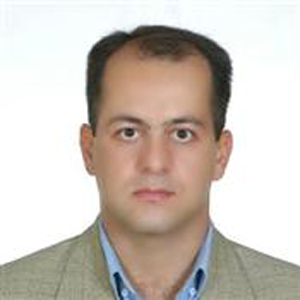Program Information
A Novel Analytical Model to Determine Inhomogeneity Correction Factor in TG-43U1 Low Dose Rate Brachytherapy
H Safigholi1*, D Sardari1, S Karimi Jashni2, S Mahdavi2, A Meigooni3, (1) Science and Research Branch, Islamic Azad University, Tehran, Iran, (2) Tehran University of Medical Sciences, Tehran, Tehran, (3) Comprehensive Cancer Center of Nevada, Las Vegas, NV
SU-E-T-551 Sunday 3:00PM - 6:00PM Room: Exhibit HallPurpose: The American Association of Physicists in Medicine (AAPM) Task Group 43 (TG-43) recommended dosimetric parameters of sources, in homogenous water phantom. However brachytherapy implant volumes are shown large error due to inhomogeneous mediums respect to homogenous water. The goal of this project is to determine a novel fast analytical method to evaluate the impact of the dose Inhomogeneity Correction Factor (DICF). This new method was validated for low (125I) and high (137Cs) energy brachytherapy sources.
Methods: The novel analytical DICF is defined as the ratio of dose delivered into heterogeneous media in water to the dose delivered in homogenous water. The DICF is calculated as a function of the media linear attenuation coefficient, mass energy absorption coefficient, water equivalent path length of heterogenic layer, buildup factor coefficients, and media electron density. The actual dose is equal to multiply the TG-43U1 dose by the DICF of the heterogenic layer in any phantom voxel. This approach was validated using TLD measurement and full Monte Carlo (FMC) simulation techniques. FMC simulations were used for several different air and aluminum heterogenic thickness. The dose data were compared for TG-43U1 using DICF model and the values, which are directly, obtained using FMC for same Implants. The advantage of this model to FMCS for daily clinical application is the speed of the calculations and ease of the implementations in treatment planning system.
Results: For different configurations, the analytical DICF formalism model agrees with FMC simulations up to 4.4% and 3.5% for 125I and 137Cs sources, respectively. The maximum differences of the DICF model in comparison to TLD measurement were 5% for 137CS.
Conclusion:This new model can provide inputs for brachytherapy planning software to consider the ICF effect in dose calculations based on TG-43U1 algorithm and CT images.
Contact Email:


